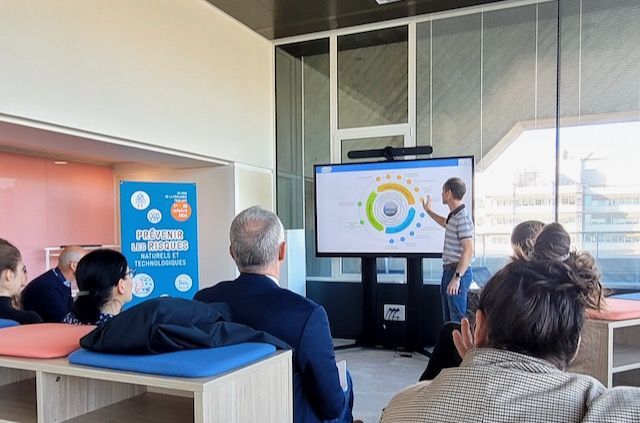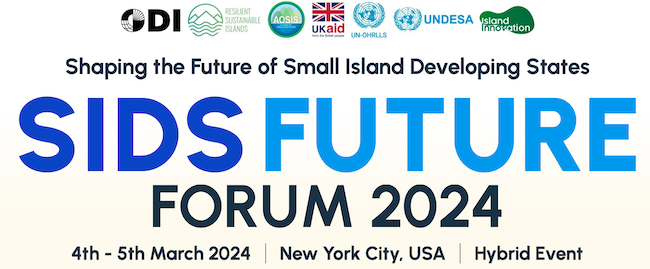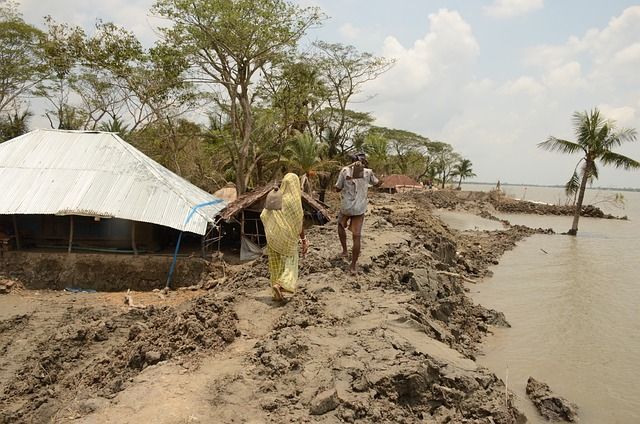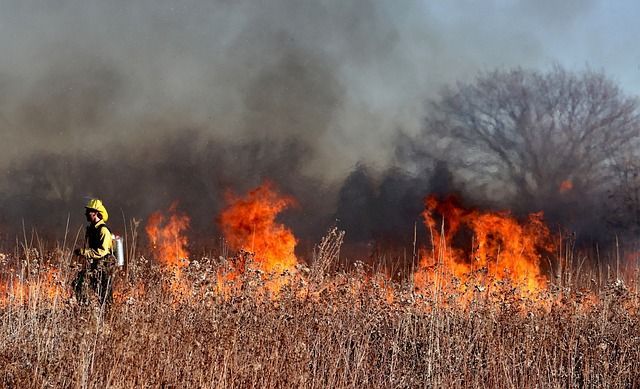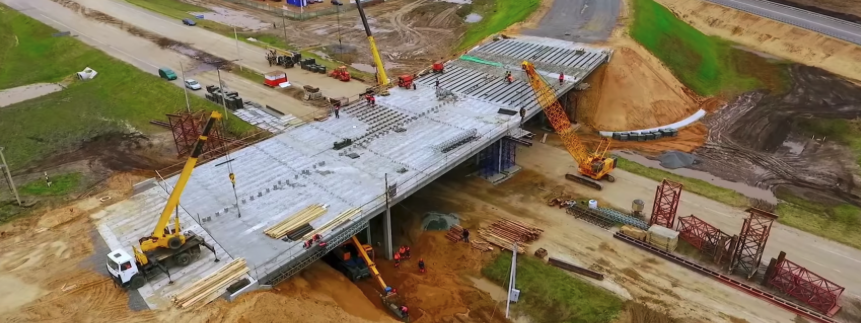Some aspects of decision-making
The more uncertainties you are aware of, the more chance you have of making a good decision
Here’s something that may appear counterintuitive: you will probably make a better decision about something when you have a greater awareness of uncertainties that can affect the outcome.
Why would this be the case?
The more we are aware of uncertainty, the more likely we are to think about how things could change (in a good or a bad way – not just in a negative sense).
As I have covered in one of my Newsletters in 2018 which looked at the psychology of risk and decision-making , we have a tendency to:
-Believe we know more than ‘the facts’ that are in front of us
-Cling to our ‘anchors’ (for example, our experiences, good and bad)
-Seek confirmation of our beliefs (confirmation bias), rather than a rejection of them
We’re less likely to be overconfident when we are more aware of uncertainty. It helps to reduce the risk of falling into the “confirmation bias trap” – that is, to seek answers that justify our gut feel. We're more likely to seek out differing opinions and alternate views, which can help us de-bias our decision-making.
If you are interested in reading about how uncertainty applies to long-term, complex decisions, Steven Johnson’s book, Farsighted: How We Make The Decisions That Matter The Most , provides an in-depth look at the challenges and difficulties of making long-term decisions. For a review of Johnson’s book by Adam Grant in the New York Times, click here (note - access permission rights may apply).
Take the Outside View as well as the Inside View
Have you heard of the technique of “looking outside as well as inside”? Here’s a good piece on “the inside view vs the outside view” on the Persuasion Reading List website. It describes the importance of broadening your viewpoint ‘outside of your specific sphere of activity’ when you have a decision to make, preferably as a first step rather than a final check.
Here’s a snippet from the article:
The Inside View is how we view our own situation, relying on our narrow experiences and intuition to make decisions. We think our sample size of one is representative of a large sample of similar situations, and therefore we can ignore those other situations. The Law of Small Numbers tells us that Small Numbers (small sample sizes) do not act like large numbers (large sample sizes).
The Outside View is how we view other peoples’ situations. From the outside , these are common story lines. We can expand the frame of reference and pick up on patterns. We focus on the common threads and common outcomes. We remove emotion. We make better informed decisions.
You can improve your decision making by taking the Outside View into account in your decisions:
1. Sample : Gather a large sample of similar situations. (Mentors and friends are great resources to get some input for the outside view of your own situation, and larger sample sets are always best)
2. Analyse : Analyse how things played out in those similar situations, focusing on the decisions made and their resulting effects
3. Adjust : Adjust your planning to meet the statistical outcomes, not your own intuitive expectations
4. Iterate : Continually adjust your planning and execution in the face of new information or evidence. This last concept has really taken off in the age of small start-ups that ‘pivot’ to new models in the face of new information.
It’s easy for us to default to the inside view. The next time you have a decision to make, try to start with taking the outside view.
Use data properly
We all know that mathematics, algorithms and Artificial Intelligence (AI) are enormously useful tools to help us make decisions. Adages such as “listen to opinions, act on data” come to mind, as do techniques such as conditional probability.
There isn’t enough space in this blog post to write about the specifics of using data, algorithms and AI. The main point I want to stress is: use good data to help you make an informed decision.
Make the decision right
We know that making decisions is often hard and difficult.
The psychologist Ellen Langer gives this advice on making tough choices: “Don’t make the right decision. Make the decision right.” We never have enough information to make “the best choice”. All we can do is make the best of the choice we make.
Here’s an interesting 15-minute interview with Langer about “the psychology of luck and mindfulness”.
Coming back to my earlier point, there’s plenty of evidence on how recognising uncertainty plays an important part in good decision-making. Here’s a 40-minute webinar with Professor Reidar B. Bratvold of the University of Stavanger, Norway, in which he discusses a modelling approach that builds uncertainty into decision-making.
Think about your knowns and your unknowns
One more aspect about decision making – remember the Johari window when you make decisions. The Johari Window, a decades-old psychology technique, can help you to remind yourself / your team:
·whether you have uncovered the key things you should know or be aware of when making a decision
·whether you are unwittingly hiding things from others involved in a decision-making process (maybe you simply didn’t think to mention some points to others)
·whether some people involved in a decision have important things to contribute, but they are not in a position to do so
I mentioned earlier that one of my Newsletters from 2018 contains interviews with various Thinkers and Leaders, including cognitive psychologists, about decision-making and de-biasing your decisions. You can read it here.
What is a good profession to learn from?
A profession that demonstrates good decision-making is science. Scientists conduct experiments to prove or disprove a hypothesis, and they are constantly questioning themselves and using experiments and samples to understand how best to make a decision. We can all learn from the approach that scientists take.
